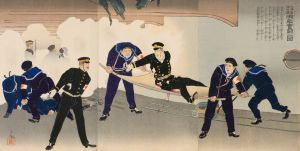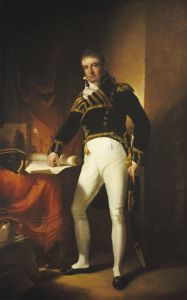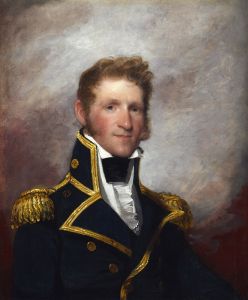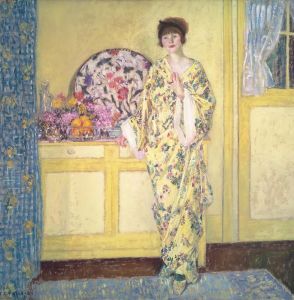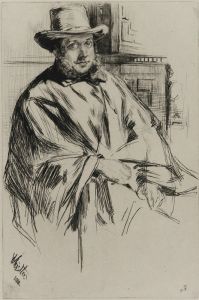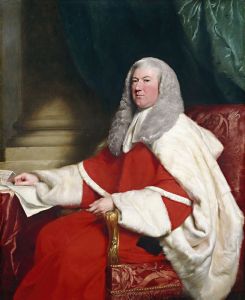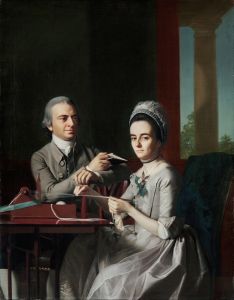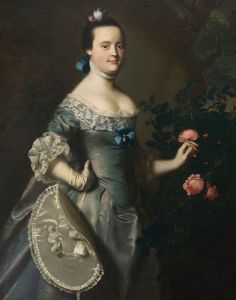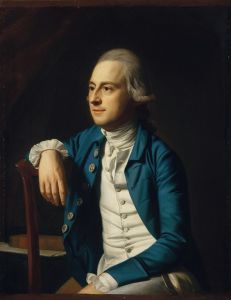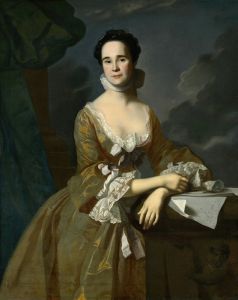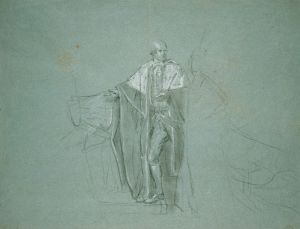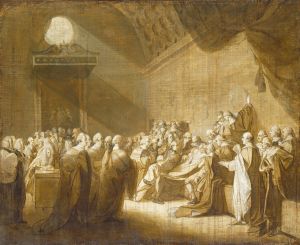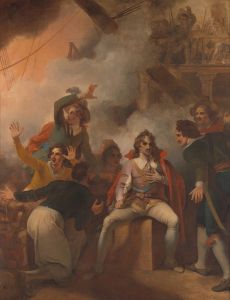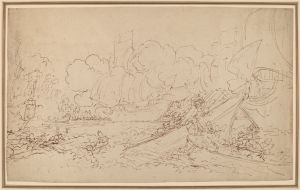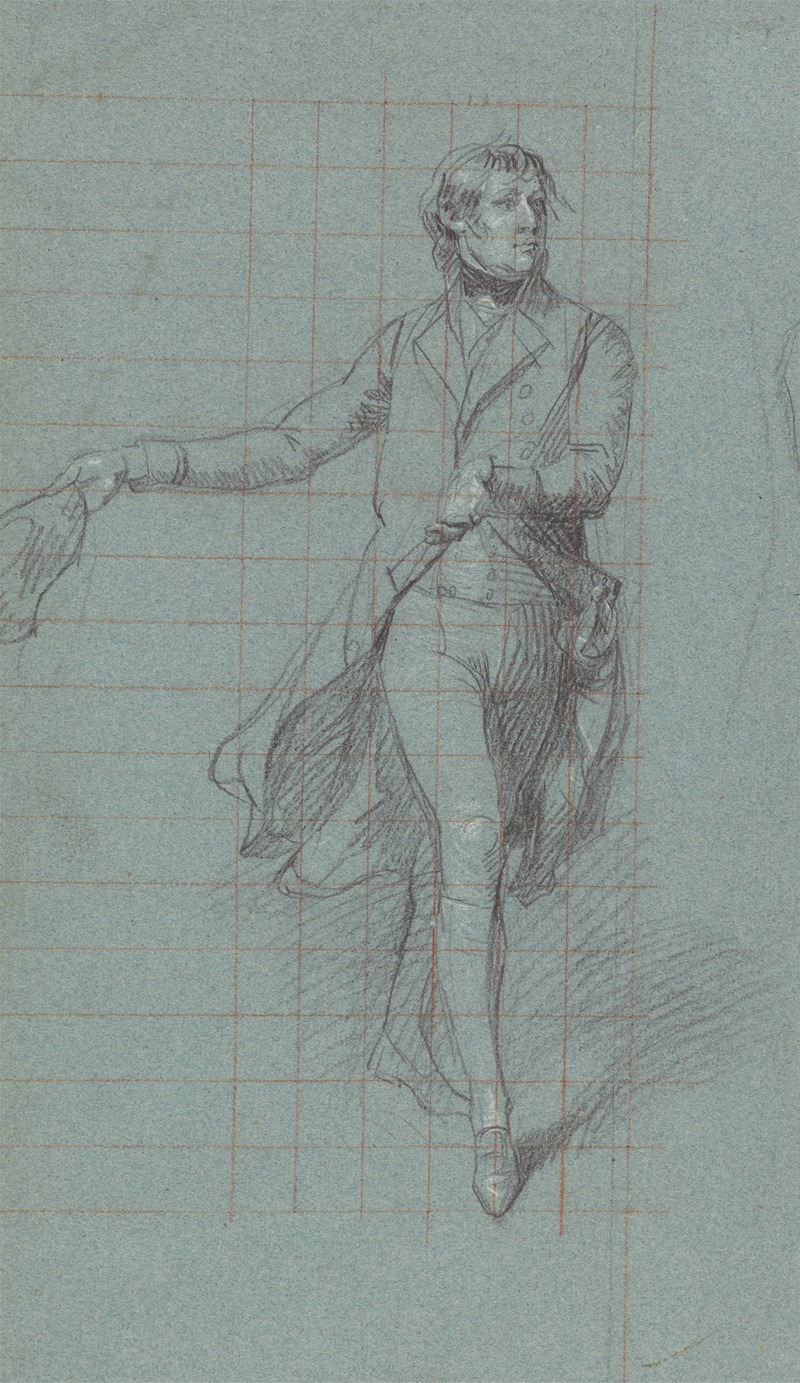
Study for Captain William George Fairfax for the Painting ‘The Victory of Lord Duncan’
A hand-painted replica of John Singleton Copley’s masterpiece Study for Captain William George Fairfax for the Painting ‘The Victory of Lord Duncan’, meticulously crafted by professional artists to capture the true essence of the original. Each piece is created with museum-quality canvas and rare mineral pigments, carefully painted by experienced artists with delicate brushstrokes and rich, layered colors to perfectly recreate the texture of the original artwork. Unlike machine-printed reproductions, this hand-painted version brings the painting to life, infused with the artist’s emotions and skill in every stroke. Whether for personal collection or home decoration, it instantly elevates the artistic atmosphere of any space.
John Singleton Copley, an influential American painter known for his portraiture and historical scenes, created the "Study for Captain William George Fairfax for the Painting ‘The Victory of Lord Duncan’" as part of his preparatory work for a larger historical painting. Copley was born in Boston in 1738 and later moved to England, where he continued to develop his career. His work is characterized by a meticulous attention to detail and a keen ability to capture the essence of his subjects.
The study of Captain William George Fairfax was intended for Copley's grand painting "The Victory of Lord Duncan," which commemorates the Battle of Camperdown. This naval battle took place on October 11, 1797, during the French Revolutionary Wars. It was a significant engagement between the British Royal Navy, commanded by Admiral Adam Duncan, and the Dutch fleet, led by Vice-Admiral Jan de Winter. The battle resulted in a decisive victory for the British, which helped to secure their naval dominance and prevent a potential invasion of Britain by the French.
Copley's study of Captain Fairfax is a testament to his process of creating large-scale historical works. Such studies allowed him to explore the likeness and character of individual figures who would be included in the final composition. Captain William George Fairfax was a notable figure in the British Navy, and his inclusion in the painting highlights his role and contributions during the battle.
Copley's approach to historical painting involved extensive research and preparation. He often created numerous sketches and studies to ensure accuracy and to convey the drama and significance of the events he depicted. This method was part of a broader trend during the 18th century, where artists sought to capture historical events with a sense of realism and immediacy.
The final painting, "The Victory of Lord Duncan," was completed in 1799 and is considered one of Copley's significant works. It captures the chaos and intensity of the naval battle, with a focus on the heroism and leadership of Admiral Duncan and his officers, including Captain Fairfax. The painting was well-received and contributed to Copley's reputation as a leading historical painter of his time.
Copley's work, including his studies and final compositions, remains an important part of art history, offering insights into the methods and motivations of artists during the period. His ability to blend portraiture with historical narrative set a standard for future generations of artists and continues to be studied and admired today.





